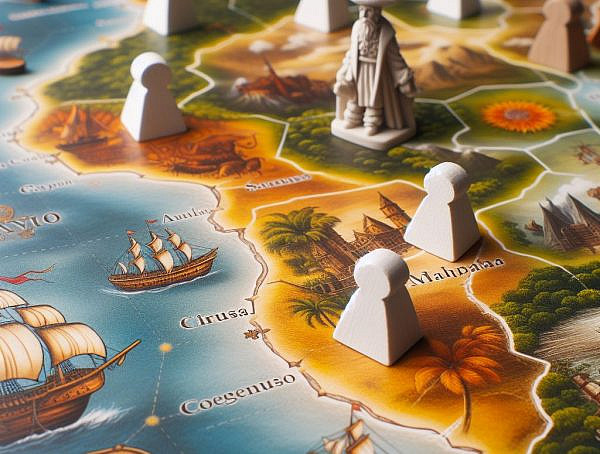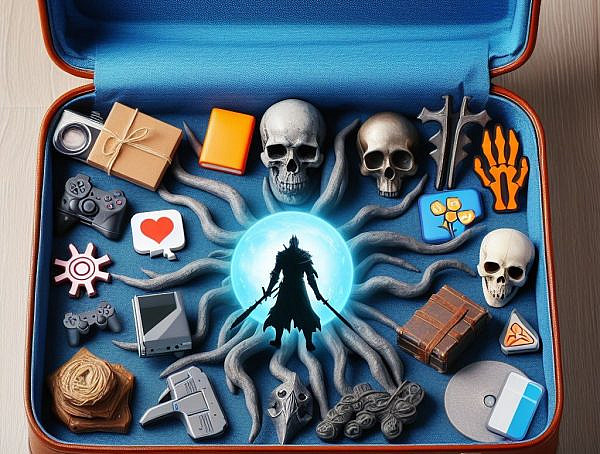A model has been created for implementing digital games into #education inside #classroom #serious #educational #games
A model has been presented to help teachers for better implement digital games into the classroom learning process. The model is called as Game Uses Model for Classroom or simplified GUMC. It was researched and created by Colleen Stieler-Hunt and Dr. Christian M. Jones. Educators in Queensland, Australia took part as research subjects. The model was researched in elementary and secondary schools.
The creators propose the teachers to primarily use the GUMC model at the beginning of the school year when the curriculum is discussed and created. That way the model is perhaps easier to implement into teaching and curriculum when the teachers have time to get to know and research the possible games.
GUMC model itself is divided into four different areas. These areas are Practising, Influencing, Discovering Affinity and Inspiring. All begins with the practising area. Before the teacher can use any game in the educational context, they must first study the game and its game mechanics. After enough studying (or practising) has been done, it is possible to move to the other areas. Influencing as an area means that how well the game can affect the “real world”. What in the game influences the learner to think about the real situation at hand besides just the game world? The area of Discovering Affinity has the goal of creating social relations around the game. This can be achieved in-game or out-game. Games can have built-in social tools, for example visiting other people’s spaces and interacting with them. The teacher can also on purpose create affinity around the game by playing the game in groups or in pairs while making pupils or students to interact with each other. Last, but not least the area of Inspiring needs to be remembered. This area concentrates on the out-of-game tasks that are given to the pupils or students. These tasks further elaborate on the game-experience and let the contents of the game be also discussed and discovered outside the game world.
It is discussed that often games are only used as a temporary tool or as an add-on for classroom situations. The implementation of this theory requires teachers to take responsibility in embracing games as more important tools in education. If teachers do not more widely implement the idea behind this theory, no change can be seen in the future.
Paper: http://www.digra.org/digital-library/publications/a-model-for-exploring-the-usefulness-of-games-for-classrooms/
More from Game Research Highlights
“Historically and Geographically Incorrect” – Colonialism and Board Games
Board games with colonialist themes as the focus of online discussions
Choose Wisely – Enhancing Career Prospects Through Games
Your choice of game can help develop soft skills related for your future profession.
Hard to define genre
We should (re)think about video game labels, and there is research to show us why.












